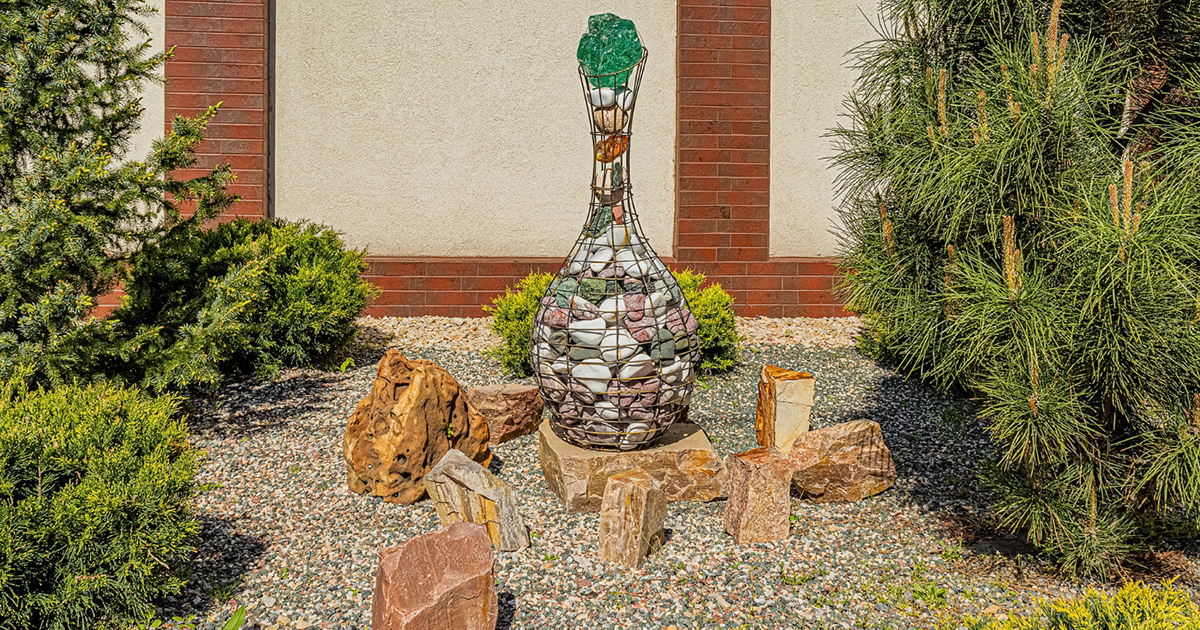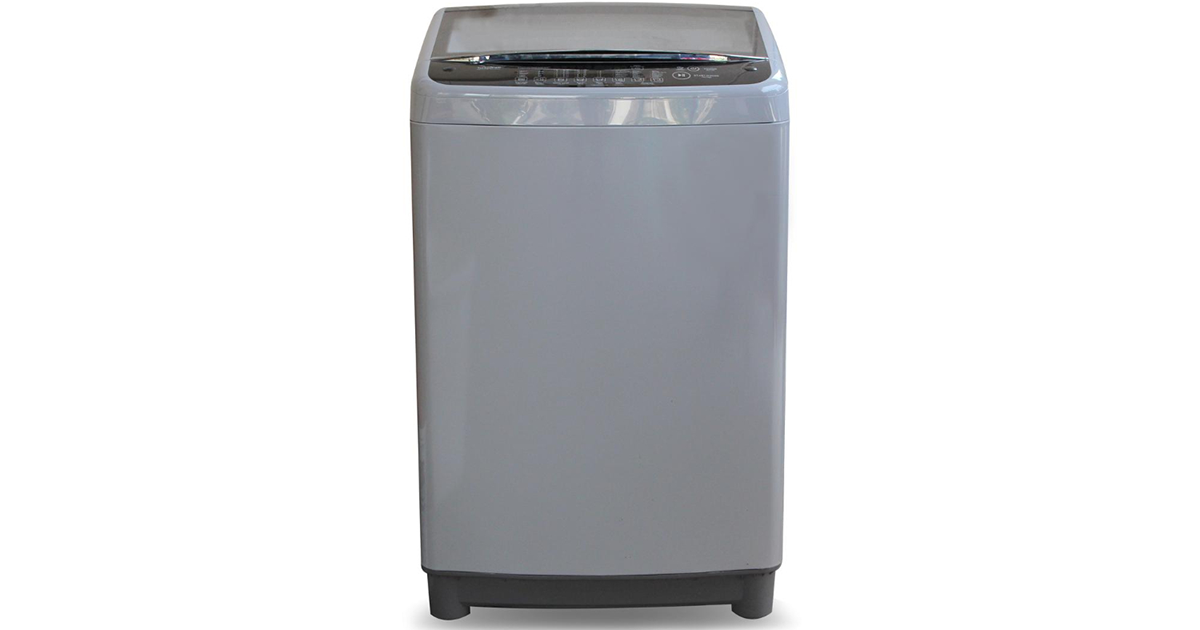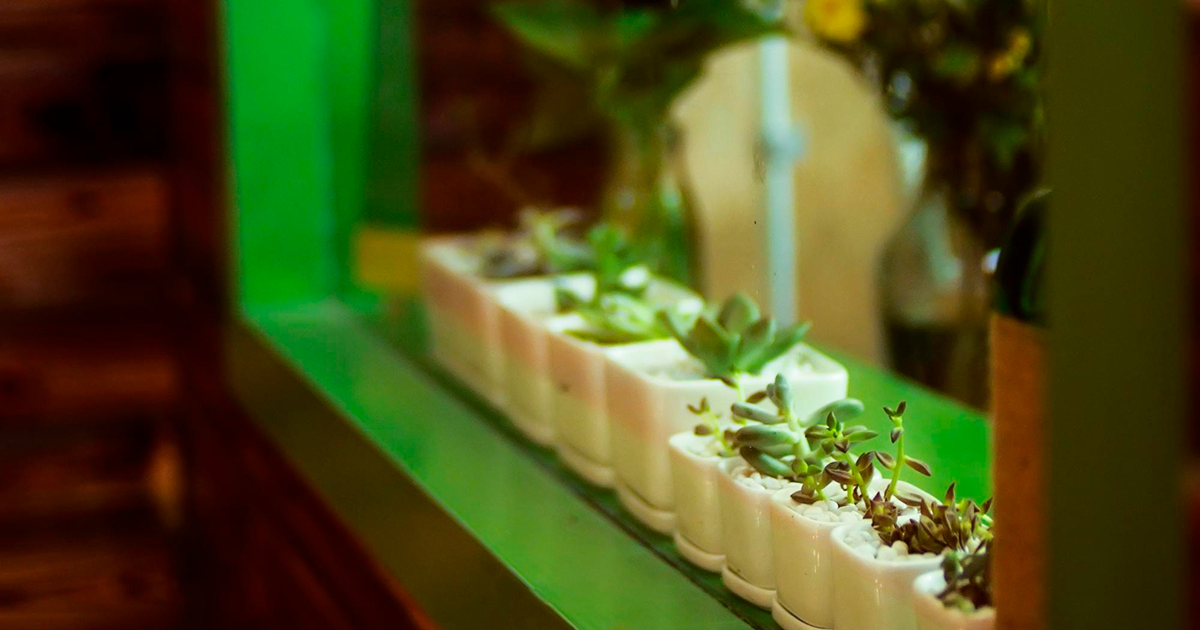
Amazing War Stories from Air Force Cadets
Introduction to the Air Force Cadets Every year, bright and determined individuals take to the skies as Air Force Cadets. These young men and women […]

Introduction to the Air Force Cadets Every year, bright and determined individuals take to the skies as Air Force Cadets. These young men and women […]

Introduction to the incident A tragic incident in Jacksonville Beach involving gunfire has left the community reeling. On a day that began like any other, […]

Water is essential for life, but not all water is created equal. When it comes to our health and well-being, the quality of the water […]

Introduction to Garden Design Garden design encompasses both artistic and scientific elements. It’s a captivating blend that invites creativity while relying on nature’s rules. Whether […]

Introduction to the Importance of Washing Machines Washing machines have become a staple in our homes, turning the tedious chore of laundry into a manageable […]

Introduction to Indoor Plant Cultivation Indoor plants have become a beloved trend among gardening enthusiasts and home decor aficionados alike. They not only purify the […]

Introduction to custom curtains Are you tired of generic curtains that don’t quite fit your style or window dimensions? Custom curtains could be the answer […]

Introduction to Green Smoothies Green smoothies have taken the health world by storm, and it’s no surprise that more women are embracing this vibrant trend. […]

Introduction to energy drinks and their popularity Energy drinks have surged in popularity over the past decade, becoming a go-to choice for people seeking an […]

Introduction to Medical Storage Units In the fast-evolving world of healthcare, one area often overlooked is the importance of efficient medical storage. With hospitals and […]
Copyright © 2025 | WordPress Theme by MH Themes